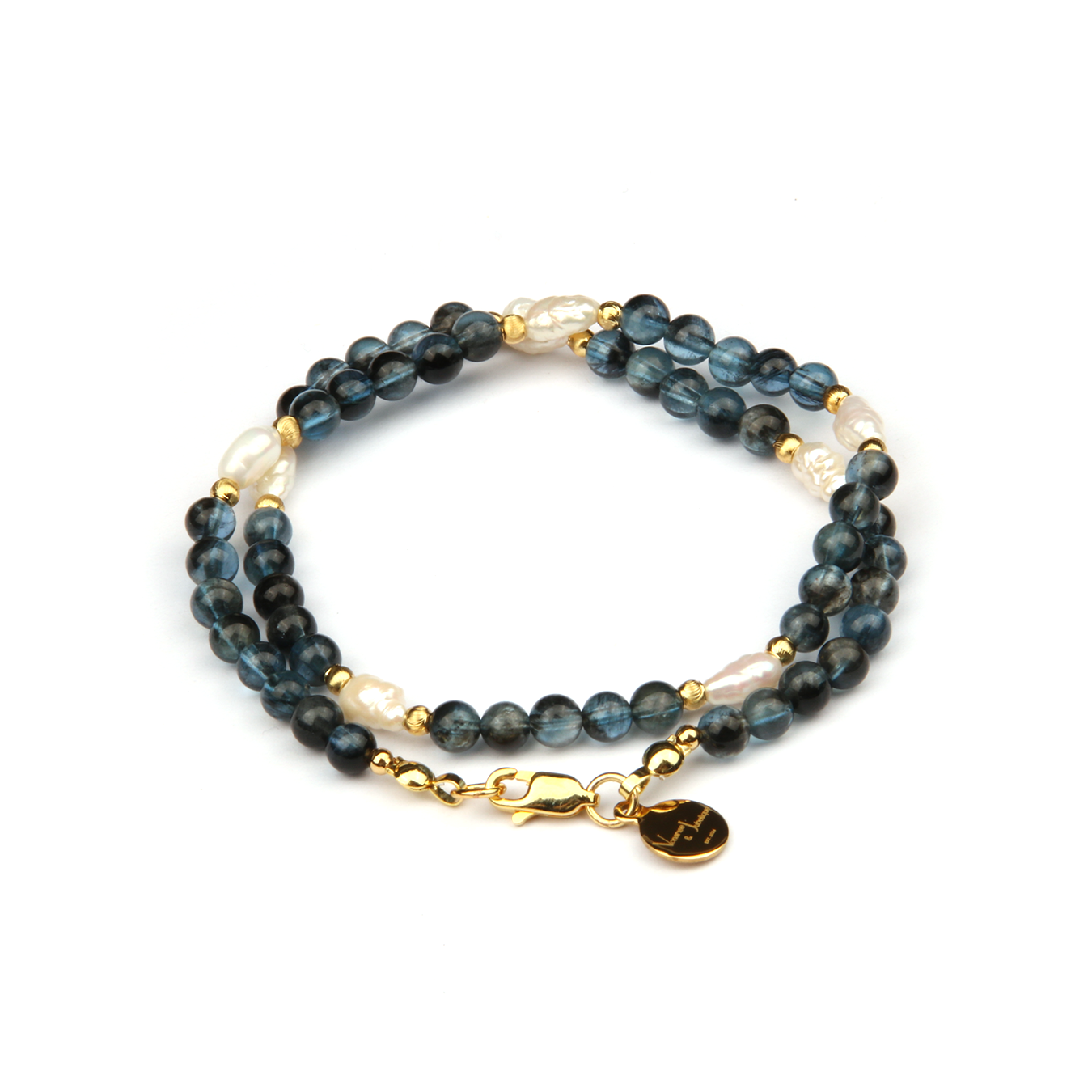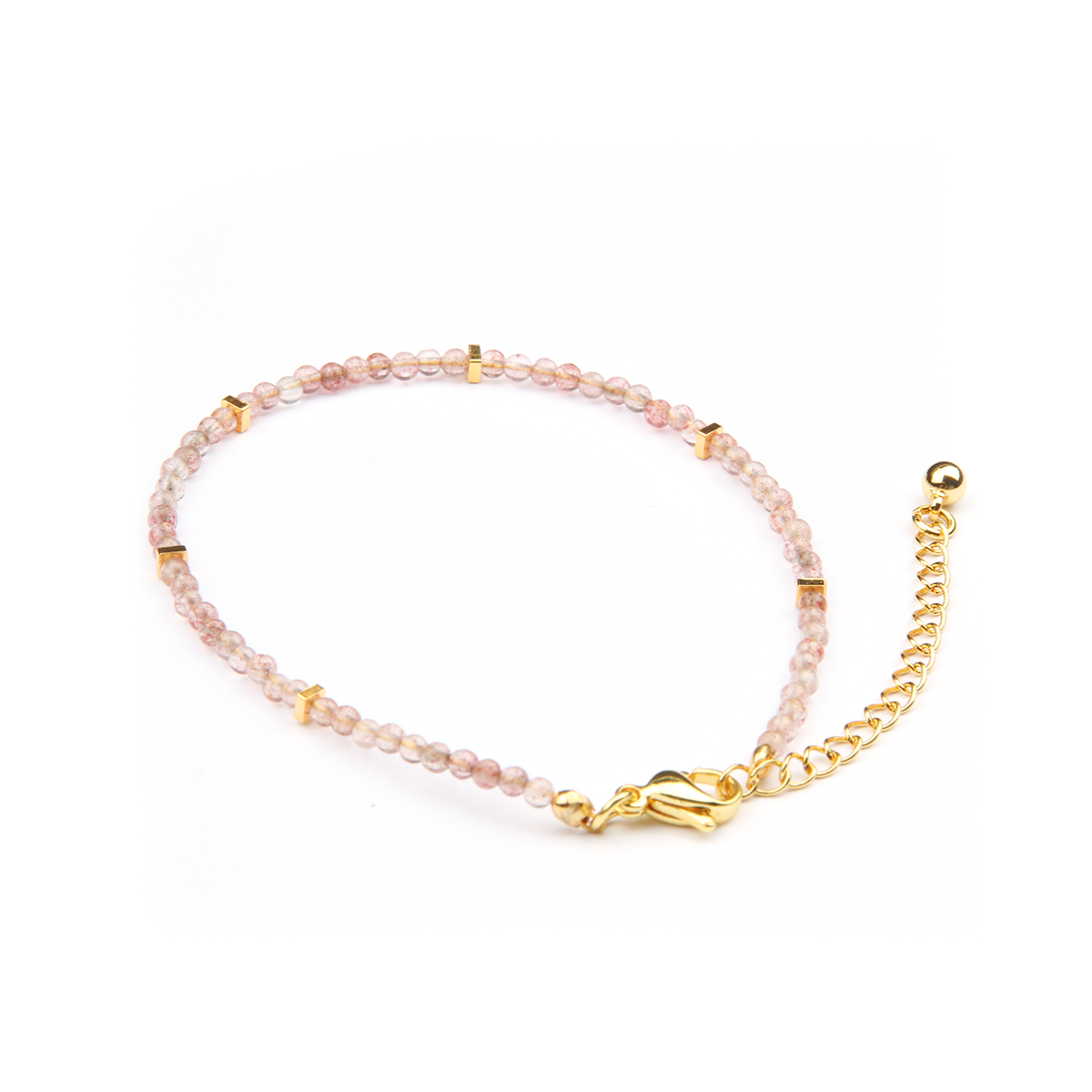Serpentine
The Gemstone of Transformation and Healing
Serpentine, also known as serpentinite in rock form, offers a fascinating blend of serpentine rock characteristics, mineral properties, and aesthetic allure—from its usage in serpentine sculptures, marble, and jewelry to its market value and spiritual serpentine gemstone benefits.
Serpentine is a captivating earthy green gemstone known for its connection to healing, transformation, and ancient wisdom. With its smooth, serpent-like texture and distinctive color variations, Serpentine has been revered across cultures for its protective and metaphysical properties.
This guide explores Serpentine’s origins, geological formation, cultural significance, market value, jewelry applications, pairing recommendations, and artistic inspirations to provide a comprehensive and expert-backed resource.
What Is Serpentine? Rock, Mineral & Marble
Serpentine refers to a group of hydrated magnesium silicate minerals like chrysotile, antigorite, and lizardite. Serpentinite hardness ranges from 3 to 6 on the Mohs scale, making it relatively soft and workable. When polished, it’s even known as serpentine marble—a luxurious green stone used in fine sculpture and decorative stonework.



From left to right are chrysotile, antigorite, and lizardite
Origin of Serpentine
Serpentine is a group of hydrated magnesium silicate minerals found in regions where tectonic activity brings deep mantle rocks to the Earth's surface.
Major Serpentine Deposits:
-
United States (California, Vermont, Rhode Island, Washington, and Arizona) – California has designated Serpentine as its official state rock due to its abundance.
-
Canada (Quebec, British Columbia, and Newfoundland) – Some of the purest forms of Serpentine are found here.
-
Italy (Apennine Mountains) – Home to the famous "Verde Antico" (Ancient Green) Serpentine, historically used in Roman architecture.
-
Russia (Ural Mountains & Siberia) – Produces high-quality Russian Serpentine, often used in sculptures and decorative objects.
-
United Kingdom (Cornwall and Wales) – Cornish Serpentine has been popular for hand-carved ornaments since the 19th century.
-
China, Afghanistan, and India – Commonly mined for both spiritual and industrial uses.
Serpentine is widely available, making it affordable, but rare varieties like Williamsite (transparent Serpentine with inclusions of chromite or magnetite) are more highly valued.
Formation & Characteristics of Serpentine Rock
Serpentine rock forms via serpentinization, a metamorphic process where ultramafic rocks (like peridotite) react with water under tectonic pressure. This process gives serpentine its distinctive waxy or fibrous texture and the varied green hues of green serpentine found worldwide.

Image source: Springer, Reference Module in Earth and Environmental Sciences. DOI: 10.1007/978-94-007-6644-0_119-1.
Formation Process:
- Tectonic Movement – Subduction zones force deep mantle rocks upward.
- Water Infiltration – Water reacts with peridotite and olivine-rich rocks, transforming them into Serpentine minerals.
- Mineral Alteration – Magnesium silicates bond with water, creating the characteristic waxy, fibrous texture of Serpentine.
Serpentine is often found in association with chrysotile asbestos, though non-asbestos varieties are widely used in jewelry and metaphysical applications.
Serpentine Characteristics & Color Variations:
-
Chemical Composition: Hydrated magnesium silicates
-
Mohs Hardness: 3 (soft fibrous) to 6 (dense varieties)
-
Color Spectrum: From pale green serpentine and emerald shades to deep forest or olive tones, often with veining

Images copyright by iStockphoto and, clockwise from top left, Vladvg, Violetastock, AlexanderCher, and AlexanderCher.
Cultural Significance and Meaning of Serpentine
Serpentine has been prized across cultures—Romans used it as Verde Antico serpentine marble in architecture, while Asian traditions valued it as spiritual stone. Today, it symbolizes transformation, energy cleansing, and Kundalini awakening, reinforcing its metaphysical significance.
Historical & Cultural Uses:
-
Ancient China – Used in jade-like carvings, believed to ward off evil spirits.
-
Greek & Roman Eras – Symbolized wisdom and immortality; Serpentine columns were used in temples.
-
Native American Traditions – Associated with serpent energy, healing, and connection to nature.
-
Medieval Europe – Worn as an amulet against poisons and curses.
-
Hindu & Buddhist Traditions – Linked to the kundalini energy, representing spiritual awakening.
Metaphysical & Healing Properties:
-
Transformation & Personal Growth – Encourages emotional resilience.
-
Energy Cleansing & Detoxification – Clears negativity and promotes renewal.
-
Kundalini Awakening – Believed to activate energy flow through the chakras.
-
Emotional Balance & Protection – Shields against toxic influences.
Today, Serpentine is used in crystal healing for meditation, energy alignment, and chakra work.
Market Value, Price and Market Uses
Serpentine is widely available, making it affordable for both collectors and jewelry enthusiasts.
Serpentine Rock Price (Raw & Slab Grades)
-
Common grade (chippings, landscaping pebbles): approximately $2–$10 per kg
-
Decorative serpentine marble slabs (used in sculptures, countertops): around $20–$45 per m², equating to about $20–$100+ per kg depending on thickness and polish
Serpentine Gemstone & Bead Pricing (by Carat/Bead Size)
| Type | Typical Price per Carat / Strand |
|---|---|
| Standard serpentine chips/beads | $1–$10 per carat |
| Higher‑grade dyed or patterned stones (e.g. “green serpentine gemstone”) | $5–$15 per carat |
| 8 mm round gemstone serpentine bracelet | ~$20–$30 per bracelet |
Jewelry, Carvings & Sculptures
-
Basic beaded bracelets & pendants: $10–$40
-
Intricate carvings & small statues: $50–$300+ depending on craftsmanship
-
High-quality serpentine marble sculptures (Williamsite or Verde Antico styles): often $500+ for mid-size pieces
Serpentinite Pricing Overview
-
Raw serpentinite slabs (construction-grade): Typically $20–$40 per m²; premium architectural cuts can be $100/m²+
-
Bulk rough serpentinite for industrial use: ~$2–$10/kg
Why Prices Vary
-
Hardness (serpentinite hardness): Ranges from Mohs 3–6; dense, fine-grained specimens polish to a marble-like finish, increasing value
-
Mineral Type: Varieties like Williamsite or Verde Antico command higher prices due to rarity and translucence
-
Craftsmanship: Hand-polished slabs, artisanal carvings, and finished jewelry increase cost substantially
While Serpentine is not rare, its diverse variations make some types more collectible than others.
Serpentine Properties
Serpentine is believed to:
-
Aid Kundalini activation, energizing the spine
-
Cleanse energy blockages and promote transformation
-
Enhance meditation and spiritual introspection
The combination of crystal serpentine, mindful wear, and chakra alignment makes these stones a staple in healing jewelry and ritual crystals.
External
Career & Success
Leadership & Power
Relationships & Communication
Communication Skills
Inner
Composure
Calmness
Virgo
Initiation
Zodiac

Element

Chakras







Planet

Mohs Hardness
3 or 6
Click to copy the serpentine properties
Jewelry & Gemstone Benefits
Serpentine crystal is worn for emotional healing, grounding, and nurturing heart chakra energy. The benefits of green serpentine gemstone include emotional release, stress relief, and the stimulus of life-force energy (Chi). This makes serpentine gemstone benefits a common selling point in spiritual circles.
Jewelry Uses and Fashion Tips
Serpentine’s earthy green hues make it a versatile and grounding gemstone for jewelry.
Best Jewelry Styles:
-
Beaded Bracelets & Necklaces – Perfect for daily wear and energy alignment.
-
Cabochon Rings & Pendants – Showcases Serpentine’s smooth, waxy texture.
-
Statement Jewelry – Often paired with silver or gold for a bohemian aesthetic.
Fashion Styling Tips:
-
Earthy & Nature-Inspired Looks – Pair with browns, deep greens, and neutral tones.
-
Minimalist Styles – A single Serpentine pendant complements casual and work attire.
-
Bold & Bohemian – Layer with wood, leather, and tribal designs.
Due to its softness (Mohs hardness: 2.5 – 5.5), Serpentine should be stored carefully to avoid scratches.
Serpentine Sculpture & Decorative Uses
Polishable fibrous varieties of serpentine are ideal for serpentine marble sculptures and decorative accents. From museum-quality serpentine sculpture to interior stone cladding, its stability and visual appeal make it a favored choice in luxury design.
Pairing Serpentine with Other Gemstones or Materials
Complementary Gemstones:
| Gemstone | Why It Pairs Well with Serpentine |
|---|---|
| Tiger’s Eye | Enhances confidence and grounding energy. |
| Tourmaline | Adds protection and energetic shielding. |
| Hematite | Strengthens focus and mental clarity. |
| Jade | Symbolizes longevity and prosperity, complementing Serpentine’s wisdom energy. |




Best Metal & Material Pairings:
-
Sterling Silver & Copper – Enhances Serpentine’s earthy vibrancy.
-
Wood – Creates an organic, tribal feel.



These pairings enhance Serpentine’s grounding and protective energy, making it an excellent choice for spiritual wearers.
Practical Care & Authenticity Tips for Serpentine
Hardness & Wearability:
With a Mohs hardness ranging from 2.5 to 5.5, serpentine is relatively soft compared to other gemstones. It's not recommended for daily-wear rings, but it’s ideal for serpentine bracelets, pendants, and sculptural pieces where abrasion is minimal.
How to Identify Real Serpentine:
-
Visual inspection: Authentic serpentine often has a fibrous texture, greasy or waxy sheen, and may appear green, yellow-green, or brownish.
-
Scratch test: Softer varieties of serpentine can be scratched with a copper coin or steel blade—this helps distinguish it from harder imitations.
-
Name check: Watch out for misspelled labels like “serpintine”—a common typo sometimes used to sell fake or dyed stones.
Crystal Color Palettes for Artistic and Fashion Inspiration
Serpentine’s earthy greens inspire calming, nature-based color palettes. Here are five colors that complement it:

- #228B22 Forest Green – Reflects Serpentine’s rich, deep hues.
- #CC7722 Golden Ochre – Adds a warm, grounding contrast.
- #8D8D8D Stone Gray – Balances the earthy tones.
- #E2725B Terracotta – Complements its natural, organic energy.
- #FAF3DD Soft Cream – A neutral contrast that enhances Serpentine’s green shades.
These colors work beautifully in fashion, jewelry, and interior design.
Serpentine is often linked to transformation and personal growth. In many traditions, it is believed to help release old patterns and open the mind to new possibilities. If you could use Serpentine’s energy to change one thing in your life, what would it be?
Share your thoughts in the comments!







Share:
Selenite Gemstone Guide: Properties, Rarity, Pricing, Jewelry Uses & Stylish Tips
Sardonyx Gemstone Guide: Properties, Rarity, Pricing, Jewelry Uses & Stylish Tips